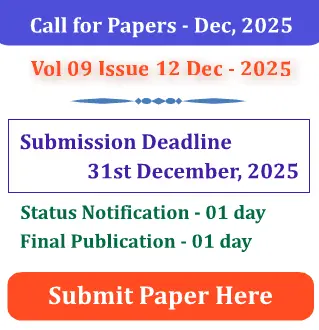Big Data Analysis for 911 Calls
Chethan Kumar B A 1, Prof. Theerthashree GS 2, Prof. Deepika VM 3
1 Student, Department of MCA, Bangalore Institute of Technology, Karnataka, India
2 Professor, Department of MCA, Bangalore Institute of Technology, Karnataka, India
3 Professor, Department of MCA, Bangalore Institute of Technology, Karnataka, India
ABSTRACT
Increasing emergency service call rate presents the necessity to adopt — big data analytics as a fundamental tool for an enhancing the efficiency and responsiveness of public safety systems. In this research, a comprehensive analysis of over one million 911 emergency call records obtained from Montgomery County and Pennsylvania also focuses on identifying statistically significant trends and patterns that can be utilized to inform evidence-based decision-making in emergency response planning. Utilizing Python — data analysis libraries such as pandas and matplotlib also seaborn the research examines and graphs large datasets with deep attributes such as emergency category, temporal identifiers (hour, day, and month), and spatial identifiers (zip codes and townships). The empirical — analysis demonstrates peak time windows of emergency calls, spatial locations that have constantly high rates of calls, and temporal variations through weekdays and seasonal cycles. Sophisticated visualization — techniques are employed to enlighten on correlations between specific categories of emergencies—i.e., Emergency Medical Services (EMS), fires, and traffic calls—and their corresponding temporal distributions. The interpretation of such results is beneficial for the operational use of optimizing resource allocation & enhancing emergency preparedness plans, also reducing response delay. This project illustrates the scalability and relevance of big data approaches in civic analytics, showcasing both the technical expertise of handling large — scale datasets and the overall public good of data-driven public safety initiatives. As such, the findings underscore the revolutionary potential of data science in public administration through demonstrating how systematic analysis of real an emergency call data can yield more informed governance and improved provision of services in high-risk contexts.







